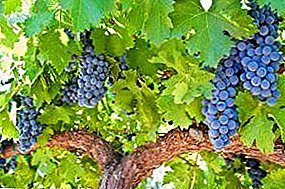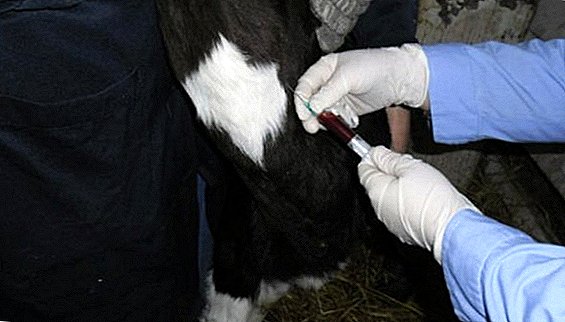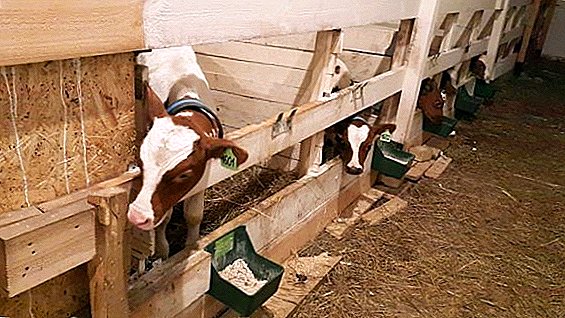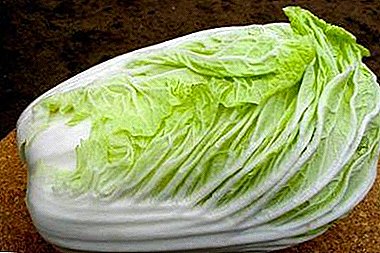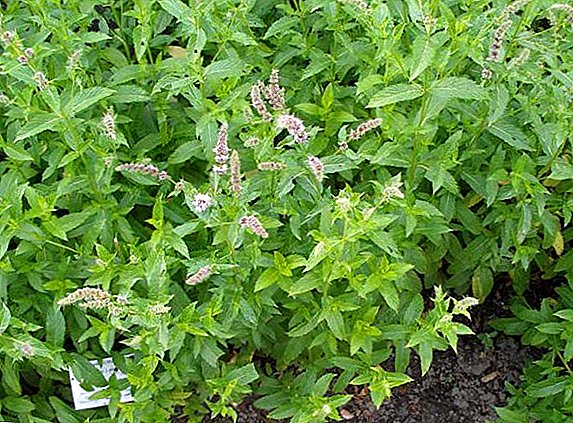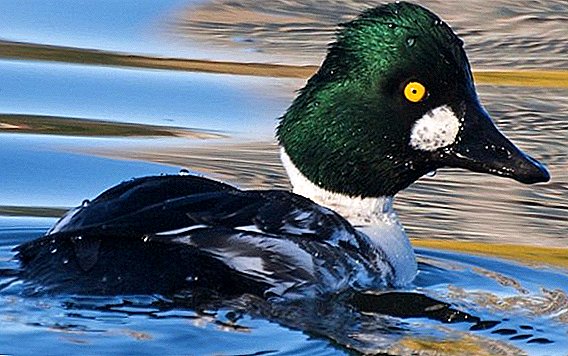 Gogol duck - It is a bird of the duck family with a fairly wide habitat and bright appearance, for which it is considered one of the most colorful species of its family. Where this bird settles, what it feeds on and what are the features of its way of life - these and other issues will be considered further in the article.
Gogol duck - It is a bird of the duck family with a fairly wide habitat and bright appearance, for which it is considered one of the most colorful species of its family. Where this bird settles, what it feeds on and what are the features of its way of life - these and other issues will be considered further in the article.
Description and features of the form
Common Gogol - This is a medium sized duck duck with distinctive external characteristics. Her English name is common goldeneye, which translates as “golden-eyed” and comes from the amazing yellow color of these birds.
Origin and habitat
Birds of this breed are common in the deciduous and coniferous forests of the northern hemisphere, live in the clear waters of lakes, ponds and rivers of North America (which is considered the birthplace of this breed), Canada, the northern part of Russia, Scandinavia and the Baltic States. During the breeding season, they need large razlohih trees for nesting near ponds and rivers. In the winter season, they prefer to settle on the sea, in shallow, well-protected bays with non-freezing waters, but also on rivers and lakes. 
Lifestyle and its duration
Gogol duck is considered migratory bird, since most of the population for wintering flies to the southern regions, and only in some European countries ducks are sedentary. Birds migrate in small flocks of 15-20 individuals, and the flight occurs mainly in the night and morning hours.
The migration period for Gogol ducks begins in mid-autumn (late September - October), and ducks return in early February, when the first thaw on rivers and ponds is observed. By the end of April, representatives of the breed can be found in the northern habitat regions.
Did you know? Females and males of this breed winter separately from each other, migrating to different regions.Gogol females become sexually mature at the age of two years. They usually return to the nest from which they hatched, and continue to nest in it from year to year. Couples begin to form in February-March.
For nesting birds choose wide branches of trees at a height of up to 15 meters, they can also settle in hollows and natural cavities of coniferous trees, oak or birch, or in artificial hollows. That is why the ornithologists gave the feathered one more name - Duplexes.  The nest itself is a recess, the bottom of which can be wood chips, foliage or building material of the previous nest. Less commonly, birds make their nests in grass, hare holes, in the space between the rhizomes of trees or logs.
The nest itself is a recess, the bottom of which can be wood chips, foliage or building material of the previous nest. Less commonly, birds make their nests in grass, hare holes, in the space between the rhizomes of trees or logs.
The laying usually consists of 7-10 eggs of olive-green or bluish-green color, which the female incubates for 30 days. Sometimes it happens that two females lay eggs in one nest, in this case the offspring is doomed to death, as it remains without the tutelage of both birds.
At home, bred mandarin ducks, Peking, Bashkir, musk ducks, hawks are bred.Two weeks after the start of the incubation period, the couple disintegrates, and it is possible that the male and female reunite for mating next season, following the example of other sea ducks.
Having appeared on the light, the chicks dry out and after a day jump out of the nest in order to go to the pond for the female. At the age of a couple of weeks, the ducklings are already able to dive and get food for themselves, although they can only fly at the age of 1.5-2 months.
The life expectancy of birds is 5-7 years and depends on various factors: the influence of humans and natural enemies, weather conditions, environmental conditions in the habitat. 
Appearance and size
Gogol ordinary - It is a duck with a very distinctive appearance, making it difficult to confuse with other species of diving ducks. Individuals of this breed have an average body size, a relatively large head, their color is black and white. In males, the head is colored dark green, which shimmers in the sun, and under bright yellow eyes there is an expressive white spot in the shape of an oval or crescent. In females, the plumage of the head is brown and the body is gray.
Gogol ducks are diving, therefore they have a streamlined body and a short tail, are able to dive to a depth of 11 m, but the usual depth of their immersion does not exceed 4 m. The body length of adults does not exceed 50 cm, and the weight is 1300 g for males and 900 g for females. Wingspan is about 70-80 cm. However, body weight may vary depending on the season and habitat conditions.
Did you know? The eyes of newborn ducklings are gray-brown in color, and later turn lilac-blue and green-blue during the period of aging.

How to attract Gogol ducks for nesting
Due to human activity, the population of this breed is constantly decreasing, so the issue of arranging artificial dupes for attracting and breeding birds becomes extremely important.
It is pretty easy to make a dumbo boxIt is a box up to 60 cm high, 25 cm wide. The walls should be at least 2 cm thick, and the diameter of the entrance should be 10 cm. The bottom of the box should be covered with a thick layer of sawdust or leaves. Such nests are also called Gogolyatnik. For successful settlement of the dummies they should be hung in the trees near a wide reservoir, and the dimple should be clearly visible and visible to birds from the water.
Important! Catching fish with the help of nets in water reservoirs where Gogol live is strictly prohibited, as birds often die, entangled in nets.Dumb houses should be hung up until the spring return of birds. For a better understanding of how successful the work has been done, you can keep records and record the number of hung dupes, their height, size, installation time of the perch, distance to the reservoir. After some time, the statistics will provide an opportunity to understand the preferences and needs of birds and significantly improve their nesting.

Conditions of detention
Gogols are not common as a species for breeding in domestic lands, because their meat has a very specific flavor. However, eggs and down of these birds possess valuable qualities. Therefore, with little effort, you can equip a place for breeding this species.
It is interesting to learn how to contain ostriches, peacocks, guinea fowls, pigeons, partridges, quails.
Features of the diet
Gogol's diet is typical for all members of the duck family. These birds are excellent divers and hunters, the main part of their food is obtained from the bottom or from the water column: these can be crustaceans, small fish, frogs, leeches, invertebrates, crustaceans and mollusks. Ducks can also eat plant food - seeds, cereals, roots, stems and various algae. In the summer, the basis of the diet consists of insects: dragonflies, midges, moths, bugs and beetles.
As a percentage, their diet is as follows:
- 32% are crustaceans;
- 28% - aquatic insects;
- 10% - mollusks;
- 30% - other food (vegetable).

Maintenance and care
Since Gogol is a born diver, the main condition for its success in captivity will be the presence of a wide body of water and trees near it. In the absence of natural reservoirs, you can equip an artificial one. However, it is worth considering that no more than three nesting females can live on 1 square kilometer of water, since these birds are proprietors: they clearly limit their territory, and the guests and competitors that have appeared are chased away.
For nesting, you should build Gogolyatniki and hang them on separately growing trees. Gogolyatnik must be located at a height of not less than 4 meters, otherwise the birds may suffer from uninvited and curious guests.
The distance to the water should be about 10 meters, but it can be more. However, it should be noted that this distance will be covered by small, newly hatched chicks. In order for the chicks to easily get out of the nest, the inner surface of the nest must be rough, not planed. Also the canopy should look in the direction of the water, and the house itself should be attached to the tree with a slope forward. 
Important! It is necessary for the female to provide a comfortable approach to the small house, that is, immediately before the letk should not grow trees at a distance of at least 5-10 m.
Gogols have quite a few natural enemies; small gogolates are especially vulnerable, only those that have hatched and left the nest. They can be hunted by birds of prey (magpies and crows), bears and other land-based predators.
Rearing
For breeding of young stock, the chicks and the female should be provided with access to a reservoir with a wide reach, since the chicks are sent to the water already on the second day after birth. In two weeks, the ducklings can fully dive and fully provide themselves with food, because the females do not need to be cared for. However, they are still vulnerable to attacks by land and birds of prey, and therefore need protection from them. 
Taste qualities
Since Gogol feeds predominantly on food extracted in water, its meat has marsh, sea taste and smell, to eliminate which the carcass must be cleaned from the skin and remove fat. For this reason, Gogol meat is not considered valuable among cooks and hunters. However, some people have a liver taste.
To get a dish of gogol turned out delicious, the carcass is recommended to pickle up to a day. As a basis for the marinade, you can use wine or vinegar. Best dive ducks fry, cook on a spit or simmer, but do not cook the meat of Gogol.
What have long been valued and honored gogol
For a long time, ducks of this breed have been valued for their excellent soft and warm fluff, as well as eggs. In the annals of the times of Kievan Rus, you can find evidence that there was a certain period of collecting the fluffy down, which was called the "googling rut." Only specially trained people were allowed to gather, and the fluff was extracted from the abandoned nests. Around the ponds and lakes were even common grounds, on which birds were bred. Such a "business" was considered a prestigious and profitable occupation.
In the annals of the times of Kievan Rus, you can find evidence that there was a certain period of collecting the fluffy down, which was called the "googling rut." Only specially trained people were allowed to gather, and the fluff was extracted from the abandoned nests. Around the ponds and lakes were even common grounds, on which birds were bred. Such a "business" was considered a prestigious and profitable occupation.
This type of duck has an unusual gait on land, due to which the expression “to walk by the gogol” appeared. Birds waddle from paw to paw, bulging chest, walking slowly and importantly.
Gogols are bright and unusual birds that can live next to a human subject to the minimum intervention of the latter in the life of the bird. We have reviewed in detail the description of the species, especially the content and reproduction, as well as the value of Gogol ducks.



